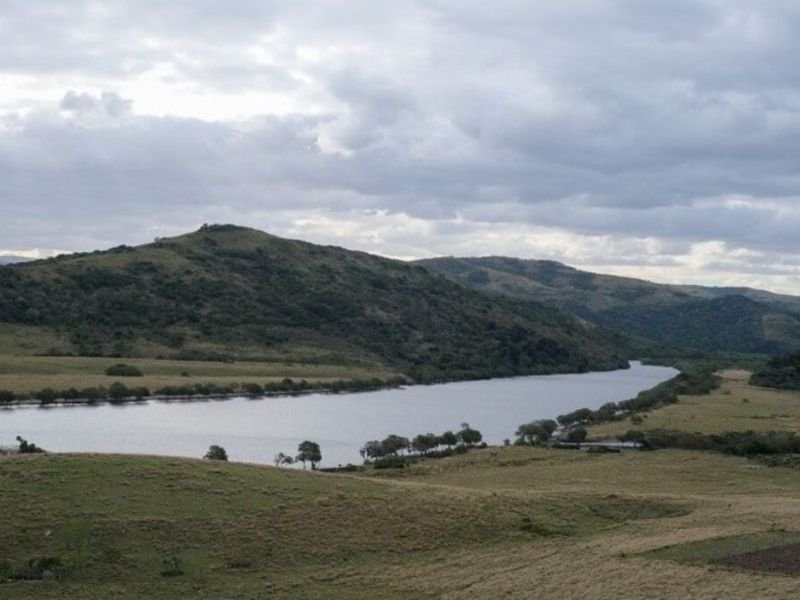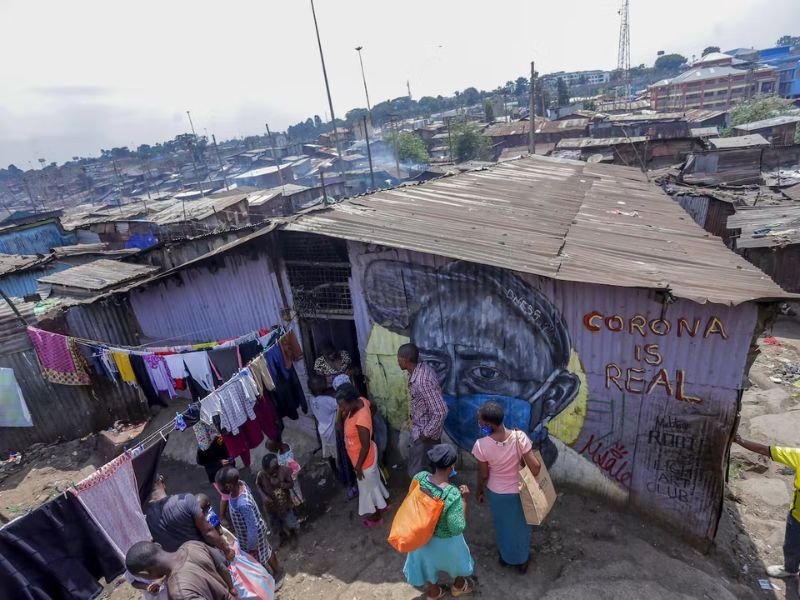Twenty people drowned in Limpopo rivers and dams in just two months, underscoring the National Sea Rescue Institute’s (NSRI) warning to be cautious around freshwater bodies.
According to new NSRI research, drownings are more likely to occur in freshwater bodies than in swimming pools or the ocean. Dr. Jill Fortuin, NSRI Executive Director for Drowning Prevention, warns that rural communities are especially vulnerable.
The study, which looked at fatal drownings in the country between 2016 and 2021, discovered that the assumption that drownings happen most often in the ocean is incorrect.
Instead, freshwater drownings were the most common, with 3713 drownings reported between 2016 and 2021.
Limpopo police recently issued an alert after 20 incidents were reported since the beginning of October.
Last year’s rainy season in Limpopo claimed the lives of 39 people, including 15 children. While some victims were swept away in vehicles as they crossed flooded bridges, others, particularly children, drowned while swimming.
Limpopo is not the only province where fatal drownings occur. According to the NSRI research, KwaZulu-Natal had the highest incidence of drownings, with 2114 drownings recorded between 2016 and 2021, followed by the Eastern Cape (1869 drownings) and Gauteng (864).

According to Fortuin, freshwater drownings are more common because these water sources are more accessible.
Crossing rivers to get to schools, clinics, and workplaces is another risk these communities face.
“Many communities lack river crossing bridges. If the river is swift and the community is unable to cross it, a day of school or income is lost “Fortuin stated.
“More educational messages about how to cross rivers safely are needed. We advise communities to avoid crossing fast-flowing rivers and, if necessary, to use a chain system with several people.”
While increased infrastructure, such as bridges and safe crossings, will reduce drownings in the long run, these communities urgently require short-term interventions. This includes signage in the local language that shows people what fast-flowing rivers look like and how to cross them safely.
Don’t forget to follow us on Facebook | Instagram | Twitter | LinkedIn to get the latest updates from Cape Town Tribune










